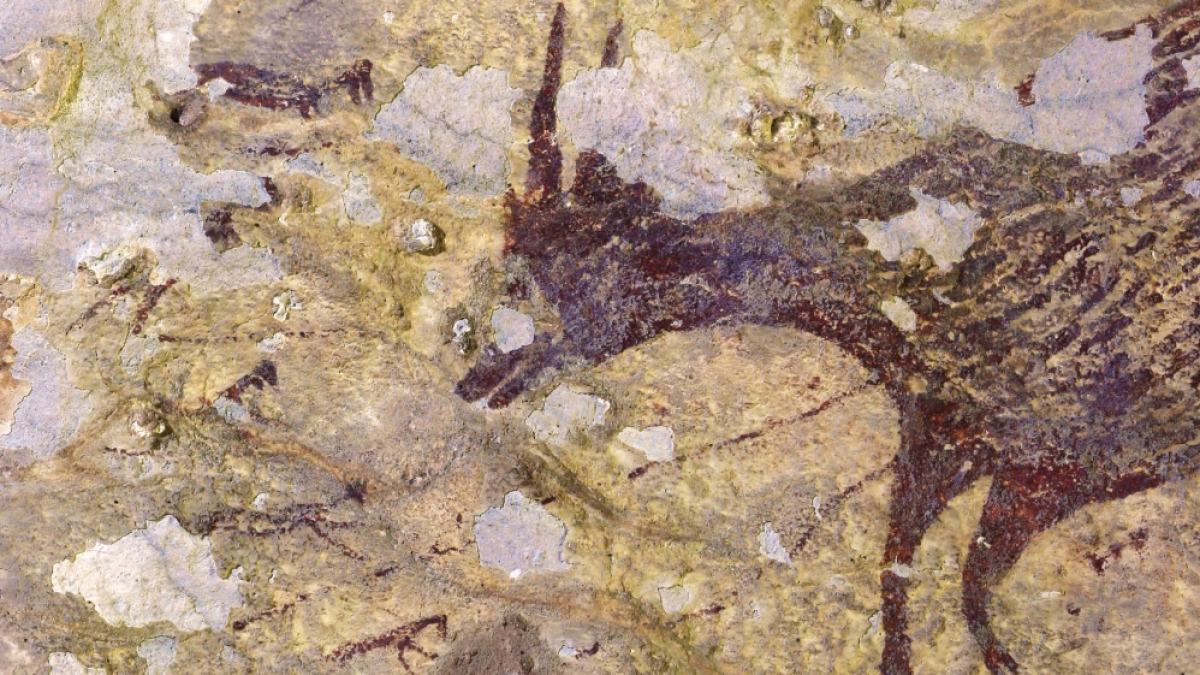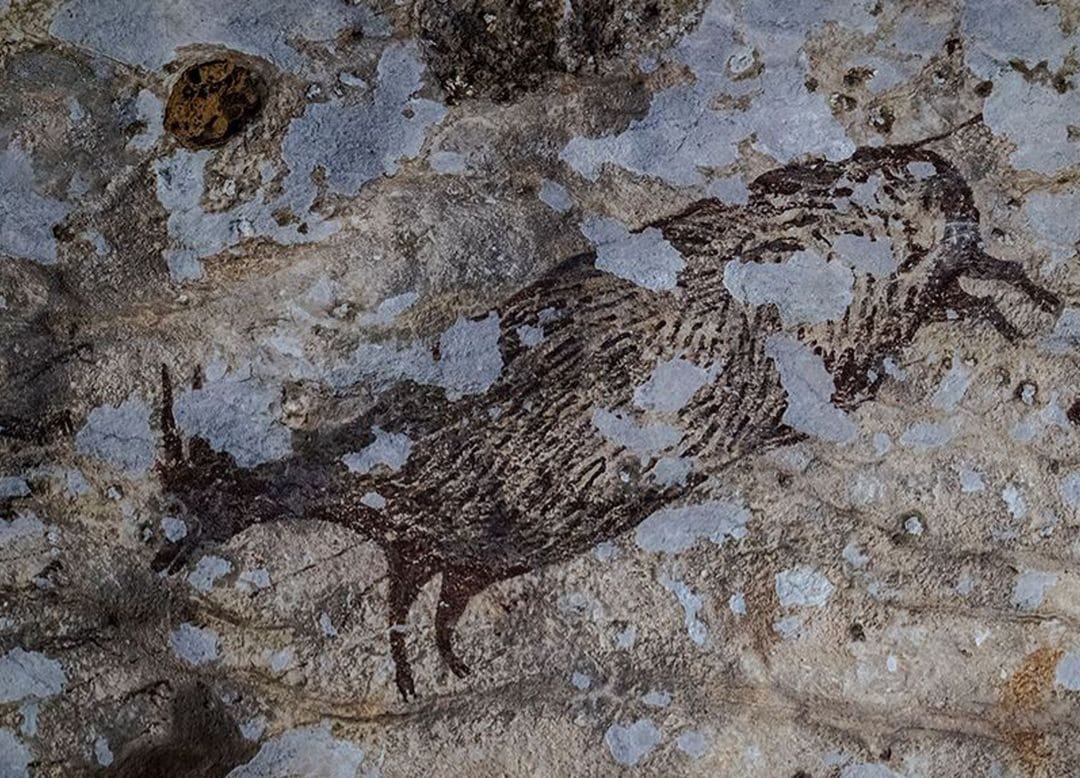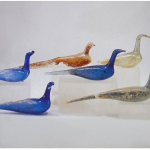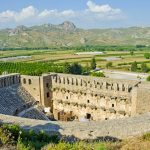Preserving the Earliest Works of Human Art: Indonesia’s Ancient Cave Paintings

In the remote caves of Indonesia, hidden within the depths of time, lies a treasure trove of humanity’s oldest artistic expressions. Painted by the hands of ancient humans over 45,000 years ago, these mesmerizing scenes offer a window into our distant past, a testament to the creativity and ingenuity of our ancestors. Yet, despite their enduring significance, this ancient art form is facing an existential threat—rapid deterioration that threatens to erase these priceless murals from existence.
The cave paintings of Indonesia, discovered in recent decades, represent a pinnacle of prehistoric artistic achievement. Depicting scenes of daily life, mythological tales, and the rich biodiversity of the region, these artworks provide invaluable insights into the cultural, social, and environmental dynamics of ancient societies. From the vibrant hues of ochre to the delicate brushstrokes that bring scenes to life, each painting is a masterpiece of human expression, a link to our shared heritage.
However, the fragility of these ancient artworks has become increasingly apparent in recent years. Factors such as climate change, environmental degradation, and human activity have contributed to their rapid deterioration. Rising temperatures and humidity levels within the caves have created a breeding ground for mold and fungi, which thrive on the organic materials used in the paintings. Additionally, the influx of tourists, along with improper conservation practices, has further accelerated the degradation process.
Recognizing the urgent need to preserve these irreplaceable treasures, researchers and conservationists have mobilized efforts to understand the root causes of damage and develop strategies for mitigation. Through interdisciplinary collaborations, scientists are employing cutting-edge technologies such as 3D scanning, spectroscopy, and remote sensing to assess the condition of the paintings and monitor changes over time. Advanced imaging techniques are revealing hidden details and pigments, providing invaluable data for conservation efforts.

Moreover, conservationists are implementing innovative strategies to protect the cave paintings from further harm. This includes the installation of climate control systems to regulate temperature and humidity levels, the development of biocides to combat mold growth, and the implementation of visitor management plans to minimize human impact. Public awareness campaigns are also being launched to educate local communities and tourists about the importance of preserving these ancient artworks for future generations.
Despite these efforts, the challenges facing the preservation of Indonesia’s cave paintings remain daunting. Limited funding, logistical constraints, and the sheer scale of the task present formidable obstacles to conservationists. Moreover, the encroaching specter of climate change threatens to exacerbate existing threats, placing additional pressure on fragile ecosystems and cultural heritage sites.
However, amidst the challenges, there is hope. The global community is increasingly recognizing the importance of safeguarding our cultural heritage in the face of unprecedented environmental and societal changes. By fostering international cooperation, mobilizing resources, and engaging local communities, we can work towards a future where humanity’s oldest arts are not just preserved, but celebrated and cherished for generations to come.
In the end, the fate of Indonesia’s cave paintings is not merely a question of preserving ancient artifacts—it is a reflection of our commitment to honoring our shared human story, preserving the diversity of cultural expressions, and safeguarding the legacy of past generations. As custodians of this ancestral legacy, we have a moral imperative to ensure that these ancient artworks endure as a testament to the resilience, creativity, and spirit of humanity throughout the ages.










